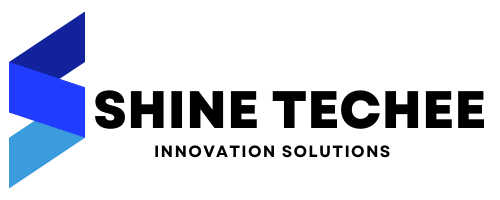Unleashing the Power of AI with OpenVINO:
A Comprehensive Guide” is not a known publication as of my last knowledge update in January 2022. However, I can provide you with some general information about OpenVINO (Open Visual Inference and Neural Network Optimization) and how it can be used to harness the power of AI in various applications.
OpenVINO is an open-source toolkit developed by Intel to help developers optimize and deploy deep learning models for various AI applications. It is designed to work with Intel hardware, including CPUs, GPUs, FPGAs, and VPUs (Vision Processing Units), and it provides a unified framework for developing and deploying computer vision and deep learning applications.
Here are some key points that might be covered in a comprehensive guide on using OpenVINO for AI:
- Introduction to OpenVINO: An overview of what OpenVINO is and its key features.
- Setting up OpenVINO: Instructions on how to install and configure OpenVINO on your system.
- Model Optimization: Guidance on how to optimize pre-trained deep learning models for deployment on Intel hardware, including quantization, pruning, and other techniques.
- Inference Engine: Explaining the Inference Engine, which is a critical component of OpenVINO that enables running optimized models on Intel hardware.
- Supported Hardware: A list of Intel hardware platforms that are compatible with OpenVINO.
- Integrating OpenVINO with Popular Frameworks: Instructions on how to use OpenVINO with popular deep learning frameworks like TensorFlow and PyTorch.
- Developing AI Applications: Examples and tutorials on building AI applications for various domains, such as computer vision, healthcare, robotics, and more.
- Performance Optimization: Tips and techniques for improving the performance of AI applications using OpenVINO.
- Real-world Use Cases: Case studies and examples of how OpenVINO is being used in real-world applications, such as autonomous vehicles, surveillance systems, and industrial automation.
- Deployment and Scaling: Guidance on deploying AI applications in production environments and scaling them as needed.
- Troubleshooting and Support: Information on common issues and how to seek help or support when working with OpenVINO.
It’s important to note that the specifics of a “Comprehensive Guide” may vary depending on the publication or author. If you’re looking for a specific guide or resource with the title you mentioned, I recommend conducting an online search or checking with the latest resources in the field, as my knowledge is based on information available up to January 2022, and such guides may have been published or updated since then.
